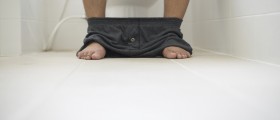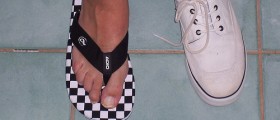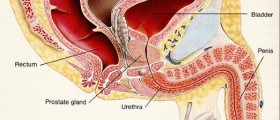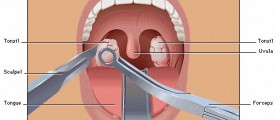
Prostateinfection facts
Prostateinfection or „prostatitis" is a medical condition that can be caused byvarious reasons, including genital viruses, fungi and other organisms, but notall the instigators of this condition have yet been fully examined. There is noproof that prostatitis increases the chance of gaining prostate cancer, but ithas been proven that this malady strikes over 50 percent of all males at some point in theirlifetime, occurring mostly within 30 to 50 year olds, but it is present in men ofhigher age as well.
Categorizationand treatment
Prostateinfections can be divided into four categories, namely chronic abacterialprostatitis, prostatodynia, chronic bacterial prostatitis and acute bacterialprostatitis. The former exhibits symptoms such as pain during urination,genital area pain, more frequent urination and pain when ejaculating. Similar but milder symptoms are exhibited in the case of chronic bacterial prostatitis,with the addition of lower back and joint pain and sexual dysfunction. Fatigueand a high fever are omnipresent with all of these conditions. Though treatable with medication such as Naproxen(Aleve), Ibuprofen (Motrin) or Acetaminophen (Tylenol), most of theseconditions can only be staved off for a small time period, prior to doctorconsultation. The medical professional will then usually prescribe anantibiotic, such as fluoroquinolones or trimethoprim-sulfamethoxazole, whichtake a couple of weeks to cure fully. Prevention can be achieved with jogging, horseriding or bicycling, but moderation should be practiced so as not to causeharm to the prostate gland.
ProstateEnlargement and Surgery
BenignProstatic Hypertrophy is the name for the enlargement of the prostate, which iscaused by the excessive creation of cells inside the prostate gland which preventurine from flowing, fully or in part. Anenlarged prostate can lead to infection, and is mostly prompted by an excess inhormones, either androgens or DHT (dihydrotestosterone). Treating thiscondition is achieved by surgery, which is performed in the case it is the lastremaining method of removing the problem. Several procedures exist, includingTransurethral Resection of Prostate, Transurethral Incision of Prostate and OpenProstatectomy. During the hour long resection, an anaesthetized patient isinserted a restoscope via the urethra. A restoscpope is a 12 inch long, 1 inchwide instrument utilized on any bladder obstructing tissue. The incision procedure on the other hand,involves cutting the muscle located at the bladder's opening. This cut is donethrough the urethra, and its aim is to lower the resistance while micturistion isin effect. Finally, an Open Prostatectomy is performed by removing the enlargedprostate itself. Besides causing issues with the ability to holdurine, it is a difficult surgery that occasionally requires a transfusion ofblood.
Prevention
To avoid the surgery to begin with, prevention is advised. This involves the avoidance ofred meat, eggs and dairy consumption, as well as the inclusion of Vitamin Dand zinc in the diet, which can be achieved by consuming pumpkins and otherfruits and vegetables. Tomatoes, Guavas and watermelons are also beneficial asthey are antioxidants.

















Your thoughts on this
Loading...